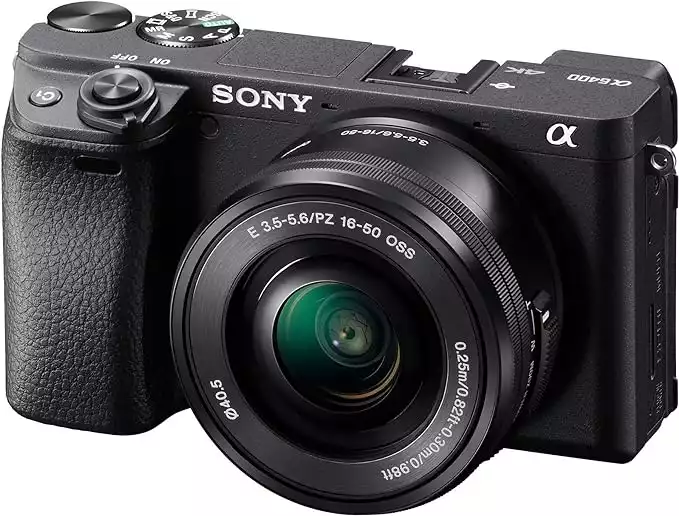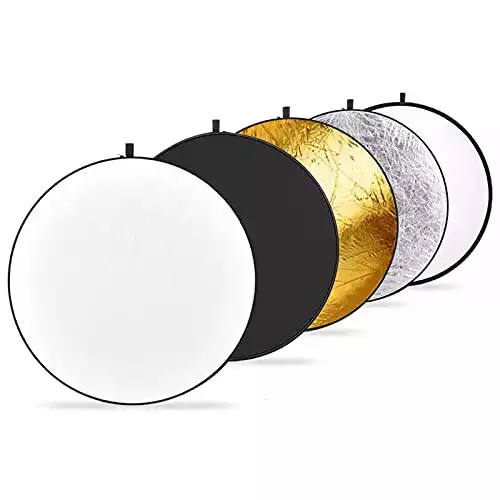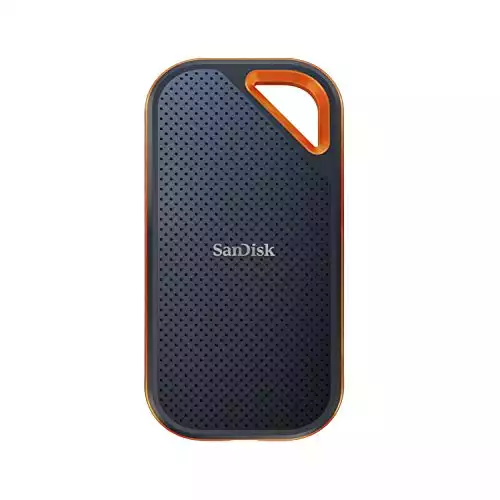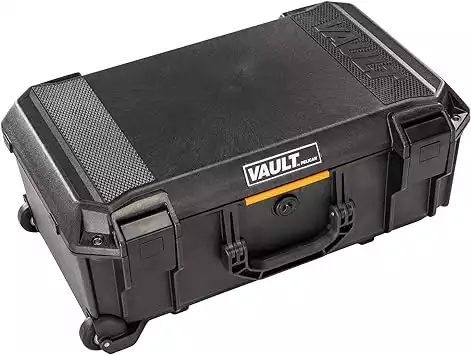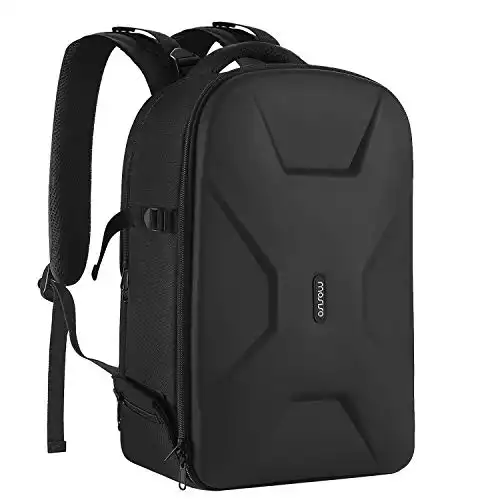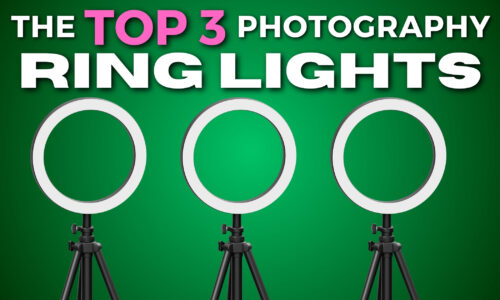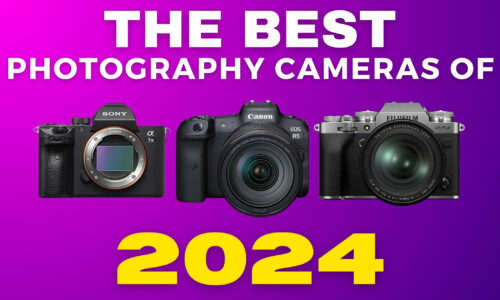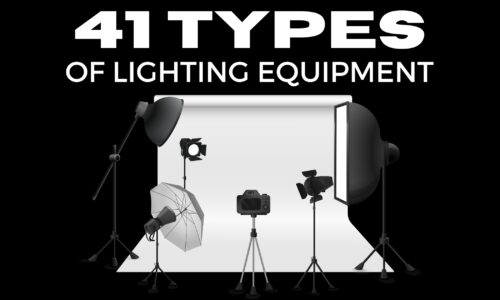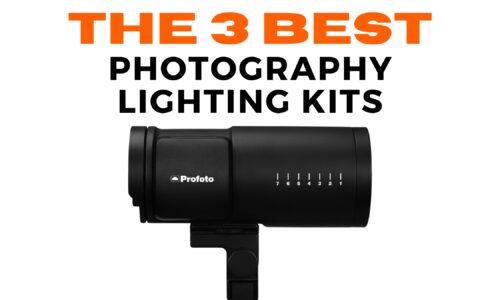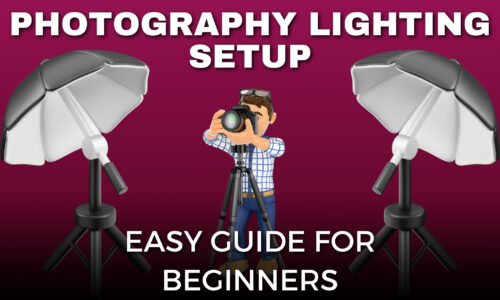Photography Equipment List: What You Need to Make the Perfect Camera Bag
Have you ever wondered what photography equipment goes into a photographer’s camera bag?
I know many new photographers do.
But figuring out the best gear to include in your digital photography bag can be hard if you’ve never done it before.
And if you’re a professional photographer, you might be wondering, “Do I have everything I need in my camera bag?”
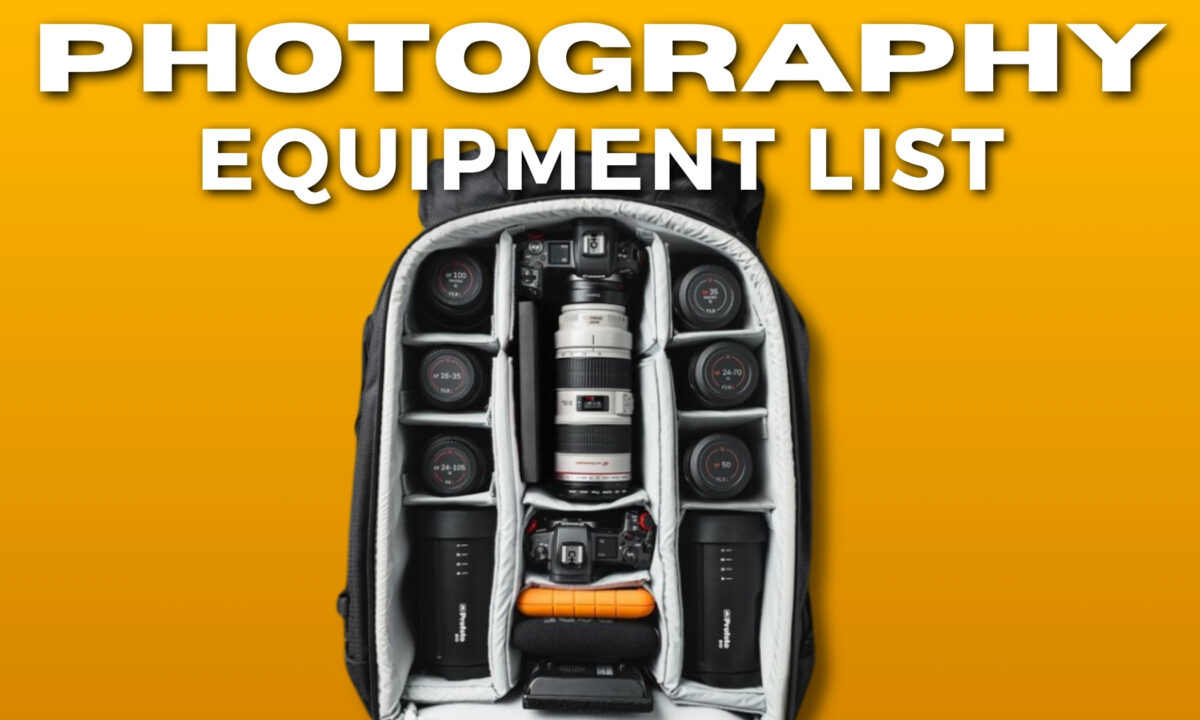
You also don’t want to invest in the wrong equipment or waste money on gear that doesn’t fit your bag. But there are many scenarios you’ll experience as a photographer that require a well-equipped bag.
And when you’re ready to take your photos, you need the right camera equipment. As a local photographer, I’ve built my perfect camera bag.
I also believe it’s a standard photography bag. From lenses to accessories to must-haves any photographers need.
The Core: Camera and Lenses
Camera Body(s)
Having the right camera body is a must for taking photographs.
I always keep 2 mirrorless cameras in my bag.
Investing in a primary and secondary body is important because you never know when technical issues might arise during a photoshoot.
DSLR and mirrorless cameras are popular for photographers due to their interchangeable lens systems and exceptional image quality. While DSLRs offer a full camera sensor and traditional optical viewfinder, mirrorless cameras have a more compact design with an electronic viewfinder.
This camera has a simple interface with helpful tutorials and a touchscreen LCD.
It takes incredible pictures and is great if you're also looking to use it for video content.
As a photographer, you must familiarize yourself with the camera body you choose and consider the type of photography you want to specialize in.
This will help determine the features you need in a DSLR or mirrorless camera, such as low-light performance, fast autofocus, or high resolution.
Diverse Range of Lenses
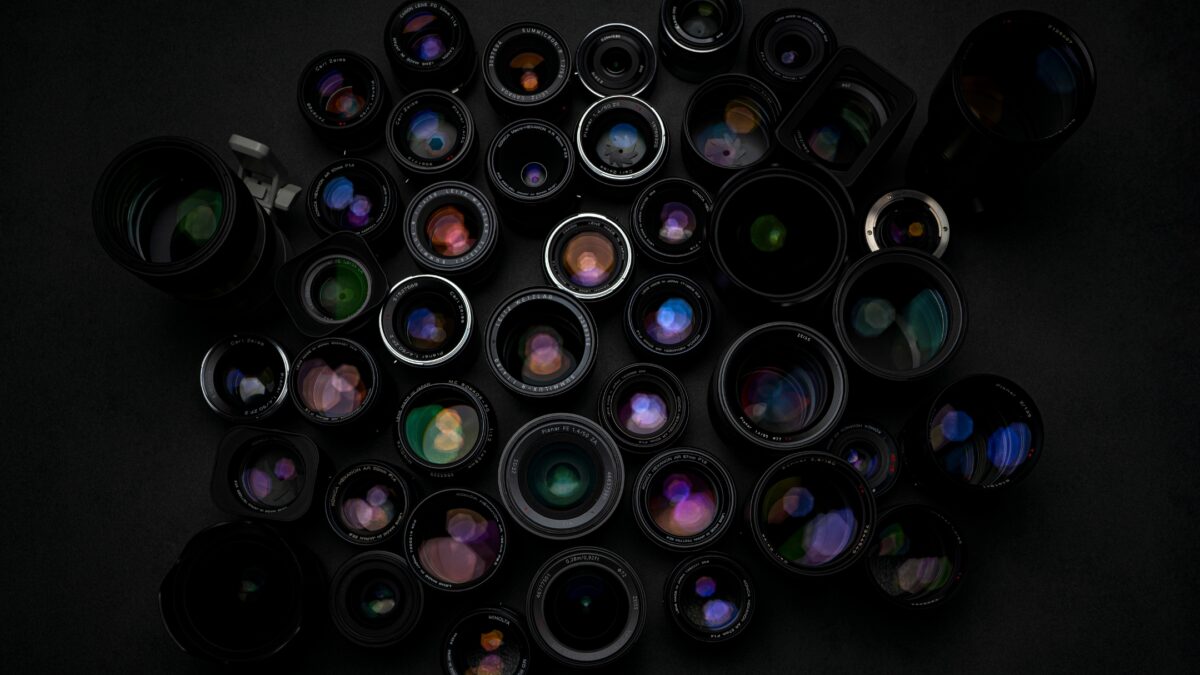
A range of lenses allows you to cater to different photography needs and produce outstanding images.
Here are the lens types I carry and you might want to consider adding to your collection:
Prime Lens: These lenses have a fixed focal length and are known for their clarity and sharpness. They’re perfect for portraits, street photography, and low-light situations. Prime lenses can help you hone your composition skills as you learn to move your feet and find the perfect angle without relying on Zoom. I carry a 50mm lens almost everywhere I go.
Zoom Lens: These lenses provide versatility in dynamic environments, allowing you to change focal lengths without switching lenses. They’re great for travel, events, and wildlife photography, making capturing various subjects and distances easy. I still use and love the zoom kit lens that came with my camera.
Wide-Angle Lens: Known for their ability to capture breathtaking landscapes and vast scenes, wide-angle lenses are perfect for landscape photography, architectural, and interior photography. A wide-angle lens can provide a broader field of view and make small spaces appear larger. Now and then, when I’m doing commercial or real estate shoots, I bring one along.
Macro Lens: If you want to dive into the world of close-ups and reveal intricate details, macro lenses are a must-have. These lenses are designed for extreme close-up photography, capturing tiny subjects such as insects, flowers, or small objects in great detail. I use these all the time for client product shoots.
Lighting: The Key to Great Photography
When there isn’t enough natural light, artificial lights can be used to enhance image quality.
Let’s review some essential lighting tools that can help you take better photos: an External Flash/Speedlight and Diffusers.
External Flash-Speedlight
External flashes, also known as speedlights, provide a powerful alternative to your camera’s built-in flash.
You can manually adjust the intensity and direction of the light to achieve the desired effect in your photos with their wide range of features.
Westcott's universal flash is compatible with multiple camera brands. And it's LCD touchscreen makes it user-friendly and easy for beginners to navigate and control flash settings.
Using an external flash, you can experiment with techniques like bounce flash and off-camera flash to create softer, more balanced lighting.
Diffusers
Diffusers help soften and spread the light, reducing harsh shadows and strong highlights.
These devices are designed to diffuse the light from the camera’s flash, resulting in softer and more natural-looking photos.
This reflector is super handy and all you need. It's also heavy-duty and works well in many different lighting conditions.
By using a camera diffuser, photographers can eliminate unwanted shadows and reduce the glare that often occurs when using a camera flash.
Many camera diffusers are available, so choose the right one for your needs.
Essential Accessories for Every Scenario
This section will discuss essential accessories, including memory cards, external hard drives, and filters.
Memory Cards, External Hard Drives, and Storage
A photographer must invest in at least 4-5 high-quality and reliable memory cards.
SD cards allow you to store your precious images and videos securely. Choose cards with higher speeds and larger capacities to capture more photos without interruptions.
In addition to memory cards, consider using portable external hard drives for on-the-go backups. These devices ensure your work is preserved in case of accidents or technical issues.
This durable SSD is lightning-fast and offers high-speed data access. Great for photographers, videographers, and digital creators.
Backing up your photos regularly to avoid losing critical data is always a great idea. I do it as soon as I can after photo sessions.
Powering Your Equipment
Always carry extra batteries and chargers for your camera and other equipment to avoid running out of power during an important shoot.
I walk with at least 3-4 camera batteries in my bag. This ensures seamless performance and gives you peace of mind, allowing you to focus on taking pictures.
Filters for Enhanced Shots
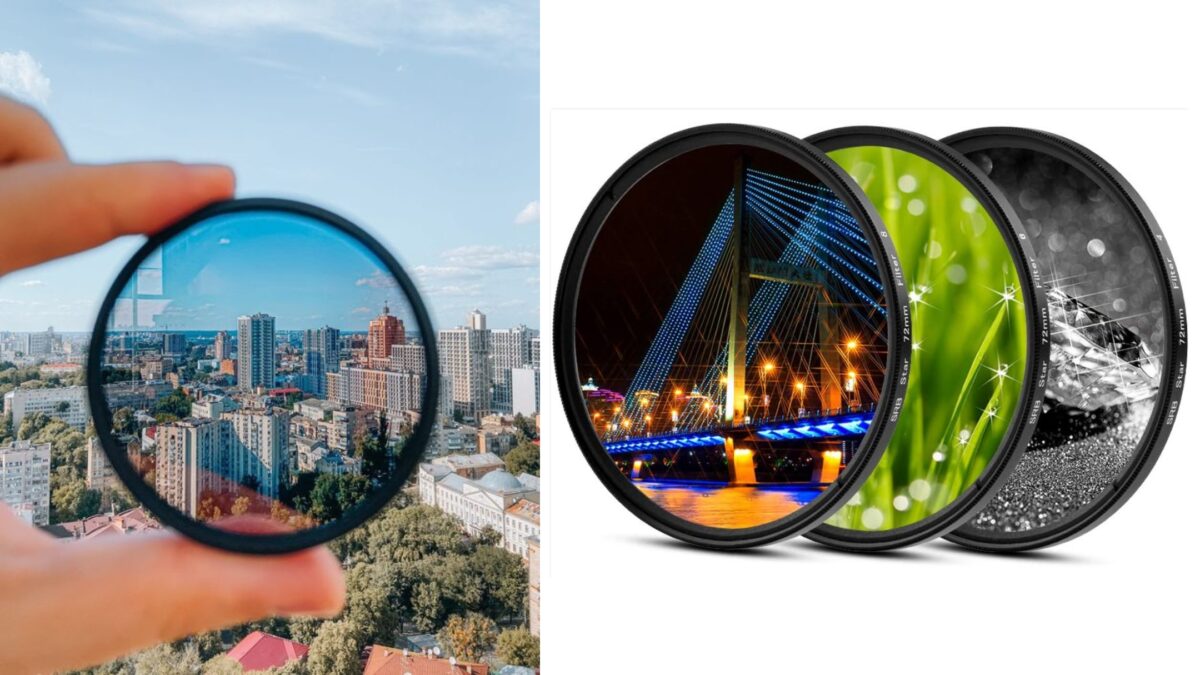
Filters are great pieces of photography equipment. They’re used to enhance your shots and achieve specific effects.
Camera lens filters can also improve image quality and protect your lenses from damage by snapping directly onto your lens.
Here are several types of filters you can add to your camera backpack:
Polarizing Filters: These filters help cut the glare and reflections from non-metallic surfaces like water and glass. They also enhance the contrast and saturation in your photos, making colors appear more vibrant.
Neutral Density (ND) Filters: ND filters reduce the amount of light entering your camera, allowing you to use slower shutter speeds for long exposure photography and achieve better control over depth of field.
Ultraviolet (UV) Filters: UV filters protect your lens from dust, dirt, and fingerprints while reducing the amount of ultraviolet light entering your camera, which can cause haziness in your images.
Ensuring Equipment Longevity and Quality
Cleaning and Maintenance
Don’t forget the importance of maintaining your gear. A camera cleaning kit will assist you in keeping your camera body, sensor, and other components in tip-top shape.
Because if you want to keep your photography equipment functioning smoothly, regular cleaning needs to become a thing.
Lens wipes and a lens cleaning kit are your best friend. They help remove dust, fingerprints, and smudges from the glass, which can significantly affect the quality of your images.
Protecting Your Gear
Digital cameras and photography equipment aren’t cheap. So, be proactive and protect your photography equipment.
A practical way to do this is using rain covers, lens caps, and body caps. These accessories shield your photography gear from harsh weather conditions and make it easy to shoot in different environments without worrying about moisture or other interference.
The ultimate protective case for all your electronics, equipment, and cameras. Perfect for travel.
Rain covers are valuable for safeguarding your camera and lens from precipitation. While lens caps and body caps protect the delicate glass elements and camera sensors when not used.
Precision and Control in Photography
Remote Tools
Next up is remote tools.
Remote tools can give you a layer of precision and control when capturing quality photos.
You can avoid camera shake while taking photos from a distance by using a wireless remote trigger or a shutter release cable. This will help you maintain sharp focus and create effortlessly clear images.
Also, remote tools let professional photographers explore creative angles and compositions.
By placing your camera in unique shooting positions, you can experiment with creative perspectives and make your photographs stand out.
Color Accuracy and Balance
Aiming for color accuracy is essential for a professional-looking photograph.
Gray cards and color checkers can help you achieve this balance. By including a gray card or a color checker in your bag, you can confirm your images have consistent and accurate colors, even in varying lighting conditions.
A gray card provides a neutral reference point for your camera to determine the proper white balance.
Taking a test shot with the gray card, you can adjust the white balance settings in photo editing software to get accurate colors in your final image.
And then you have color checkers, which take color accuracy a step further.
These tools contain various color patches that represent known color values. By including a color checker in your test shot, you can calibrate your camera’s color response to match the colors in the scene more accurately.
This is useful when photographing subjects with distinct or vibrant colors, as it guarantees the colors in your final image will be true to their real-life counterparts.
The Personal Touches
Camera Straps and Harnesses
Adding personal touches to your photography equipment bag can improve your comfort and accessibility during shoots.
One essential accessory to consider is a camera strap or harness. A well-designed camera strap offers easy movement and quick access to your gear – a must-have for fast-paced shooting.
Invest in a high-quality strap that matches your style and personality.
You have many options. Find a strap that makes your equipment more manageable and reflects your uniqueness as a photographer.
Notebook and Pen
Yep, I still use pen and paper.
I’ve got maybe 5-8 different notebooks for different things.
Even if I might seem old-fashioned for still using a pen and notebook for note-taking.
I think you might want to consider embracing the charm of this. Jotting down your creative ideas, shot lists, or lighting settings with a pen on paper can help you remember them better than typing them on a device.
Also, a notebook and pen combo lets you track your thoughts without relying on your device’s battery life or Wi-Fi connections.
This approach can even add a personal touch to your photography sessions.
The Best Camera Bags for Professional Photographers
My list wouldn’t be complete without recommending a few bags every professional photographer needs. As photographers, we need camera bags that keep our gear organized, secure, and easily accessible.
So here are a few if you’re in the market for a new bag.
The Peak Design Everyday Messenger 13 V2 is popular for its versatile design, stunning capacity, and durability. With its innovative FlexFold dividers, this bag can comfortably accommodate all your camera equipment.
Another option for pros is the Lowepro ProTactic.
This backpack offers ample space for your equipment and incredible protection with its rugged, weather-resistant material. It features a customizable interior and multiple access points to grab your gear quickly when you’re on the go.
Then there’s the Shimoda Action X70 backpack. This bag offers great support and comfort if you’re into adventure photography.
It also has an adjustable harness system that perfectly fits while carrying heavy loads. There are numerous pockets and compartments for your gear, so you can easily carry everything to your next shoot.
For those who prefer a more casual yet functional option, the Tenba Skyline 13 Messenger bag is another excellent choice.
It combines style and functionality, featuring a slim design with multiple compartments to hold your camera gear neatly. The strap is easily adjustable to ensure comfort while carrying it around all day.
And finally, if you’re looking for a high-quality sling bag, the LowePro Slingshot SL 250 AW III is perfect. This compact bag has a padded shoulder sling and a waist strap for better weight distribution.
We also love this waterproof camera bag below:
It also comes with separate compartments for your camera gear and personal items, making it an excellent option for daily use.
The Ultimate Camera Storage Case
If you’re into some serious traveling and want a carry-on travel case, I recommend grabbing a Pelican case.
Pelican photography cases are built to protect your camera gear from the toughest environments. These cases are made from high-impact materials that withstand extreme temperatures, water, and dust. I love mine!
They come in various sizes and configurations, making them suitable for all types of photography equipment.
They’re even customizable. You can create a custom foam insert layout that perfectly fits your gear.
Professional Photography Equipment List: Top Takeaways
As a photographer, you must balance having all the necessary equipment and not overloading your bag.
While having all the necessary equipment on hand is important, carrying too much can be cumbersome and hinder your creativity. Overpacking can also lead to disorganization and make it difficult to find specific items quickly.
But, if you’re unprepared, it can lead to missed opportunities and photographs. As a photographer, strike a balance between being prepared and packing efficiently.
Prioritize the items that will significantly impact your work and adapt my list to your needs.
This approach will keep your bag manageable and guarantee you have the right tools without weighing you down.
Frequently Asked Questions About
Photography Equipment
What should I include in a travel photography kit?
When preparing your travel photography kit, consider the type of photography gear you plan on bringing and the locations you’ll visit. Essential items include extra batteries, memory cards, lenses, and a comfortable bag. You may also want to pack a backup camera body in case of emergencies. Traveling light will make your experience more enjoyable, so pack only the essentials.
Why do photographers carry multiple camera bodies?
Photographers carry multiple camera bodies to handle different shooting scenarios and minimize gear change time. Also, having multiple camera bodies allows photographers to have different lenses attached, reducing the need to swap lenses frequently. A backup camera body also ensures they won’t miss opportunities due to sudden equipment malfunctions.
What are the essential items for a beginner’s photography kit?
A beginner’s photography kit should include a reliable camera, one or two versatile lenses, memory cards, extra batteries, and a quality camera bag to carry and protect your gear. As you gain experience and become more comfortable with your equipment, you might want to add specialized lenses, filters, and lighting extras to your kit. Just don’t feel pressured to buy everything at once.
How do professionals choose which lenses to bring on a shoot?
When choosing their lens, professional photographers typically consider the type of shoot, location, and their creative vision. A versatile zoom lens, 24-70mm or 70-200mm, is often a go-to choice for many scenarios. However, professionals also rely on prime lenses with specific focal lengths, like a 50mm f/1.2L or a 35mm, for their unique characteristics and superior image quality. Be adaptable and choose lenses that align with your goals and the demands of each shoot.
How do photographers safeguard their equipment against theft?
Photographers can take several measures to protect their equipment against theft:
Use discreet camera bags that don’t draw attention to the valuable contents inside.
Label your gear using identification tags or engraving.
Always keep your equipment nearby and avoid leaving it unattended.
Consider using a lock on your bag when it’s out of sight.
Insure your gear to have financial protection in case of theft or damage.
Your gear is valuable and essential for your work. So, taking extra steps to safeguard it is well worth the effort.
